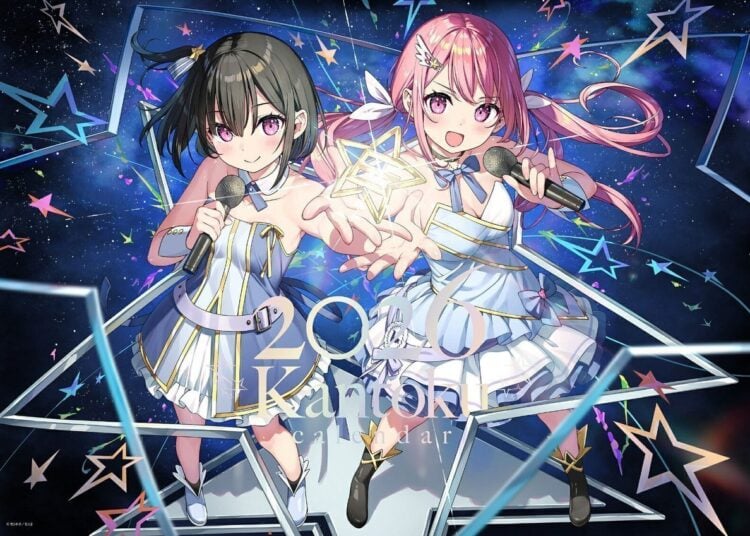One of the most enjoyable romance anime of the winter 2023 season was Otonari no Tenshi-sama ni Itsunomanika Dame Ningen ni Sareteita Ken, aka The Angel Next Door Spoils Me Rotten. While watching the final episode, I found myself noticing several interesting words the characters used, and it made me feel nostalgic about how I learned Japanese in part by watching anime. So let’s learn Japanese with Otonari no Tenshi-sama in today’s post!
Warning: while I’ll avoid discussing story details, this post contains spoilers for episode 12 of the Otonari no Tenshi-sama anime.

Let’s Learn Japanese with a Sappy Romance Anime!
Why was Otonari no Tenshi-sama so enjoyable? It was a predictable and formulaic love story about a boy who gets the perfect girlfriend by being the nicest guy in the world. It was pure male wish fulfillment, every bit as unrealistic as a show about a generic hero getting isekai’ed into a fantasy world of busty elf maidens.
And yet, as I wrote in my first blog post, I loved every minute of it, sappy story and all. I guess we all need a special place where we can escape to sometimes.
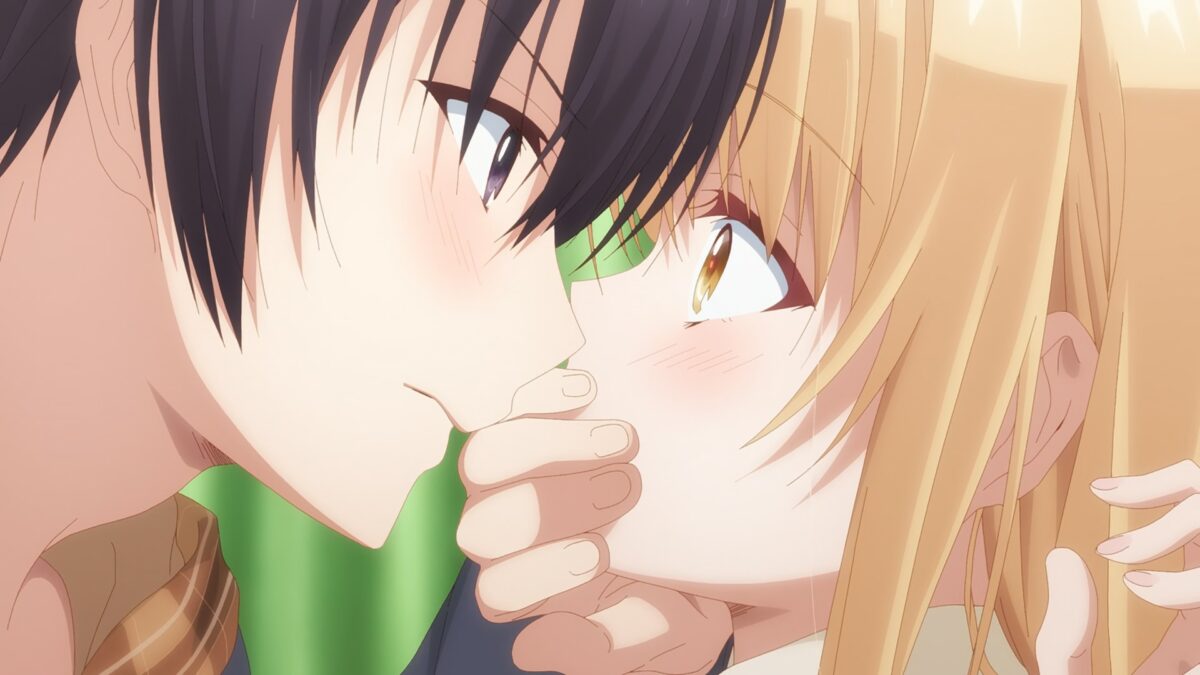
It Was Easy to Learn Japanese!?
When I tell people that learning Japanese was not that hard, they look at me like I’m crazy. But for a lot of reasons, Japanese can be easier to learn than you might expect. Here are some:
- There’s no tonality as in Chinese or Thai, no intonation to worry about at all.
- There are only five vowels in Japanese, the same that exist in Spanish or Italian. This helps speakers of these languages speak Japanese with very little accent.
- While German has different genders for knife, fork and spoon, noun genders don’t exist in Japanese. You don’t even need to separate plural or count/non-count nouns.
- Huge swaths of complex English grammar simply don’t exist in Japanese, making sentences simpler. While poor ESL learners need to master future perfect and past conditional tense, none of this exists in Japanese.
- Yes, learning kanji is hard. But I strongly believe focusing on reading and ignoring writing is a much smarter approach for modern students since we live in a world of computers and smartphones.
Want to read Peter’s story of how he learned Japanese successfully? The post is here!
Of course, there were some parts of the language I struggled with. Let’s look at some of them in this post, with a little help from the Otonari no Tenshi-sama anime!
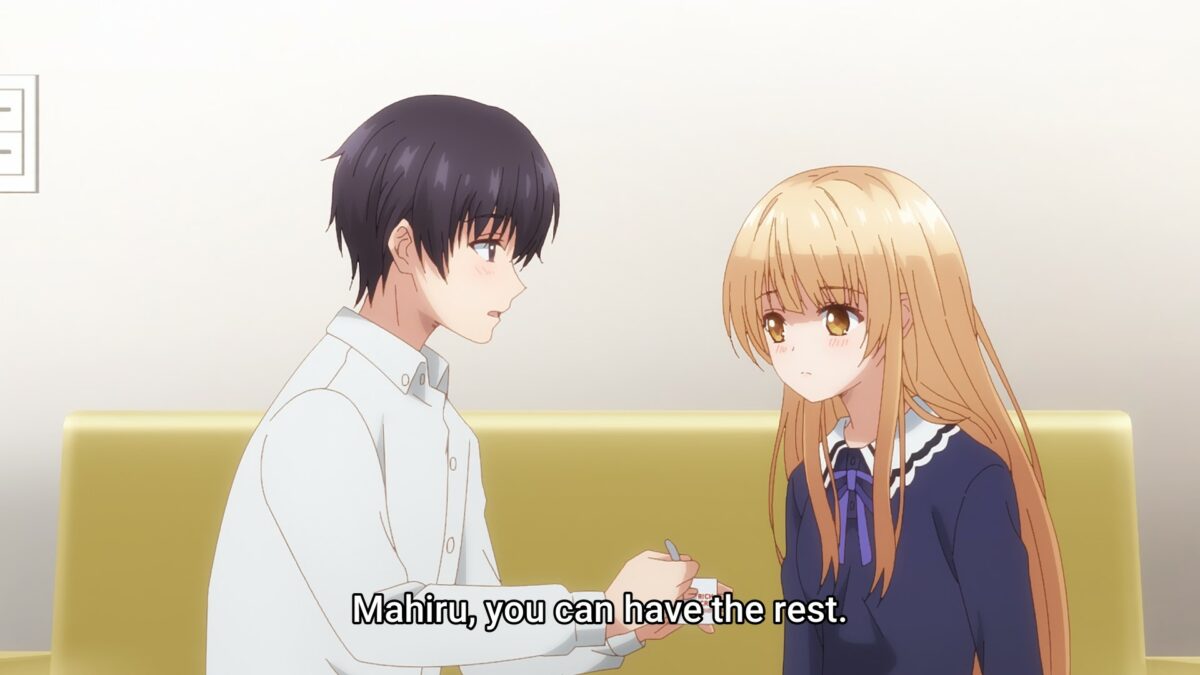
Formal and Informal Verbs
After about six months of studying Japanese you really get up to the elbows in verbs and verb conjugations, which is a wall you must break through eventually. This included:
- Formal verbs like tabemasu or nomimasu. Because there are the first things we learn, any character who speaks formal Japanese is very easy to understand.
- The informal version of the verbs, used when talking among friends or family members. The informal past tense (tabeta, nonda) took me a couple of months to get down, because there are fewer patterns.
- Some verbs are used in different situations. The verb ageru is a polite way to express “to give,” but if you’re giving something to someone socially lower than you, you’d use yaru.
In the above scene, Amane realizes that he’s fed Mahiru ice cream from his spoon, and eating from the same spoon would cause him to have an “indirect kiss” with her. He gives her the rest of the ice cream, using the verb yaru, because he’s manly like that.
In Otonari no Tenshi-sama, Mahiru speaks ridiculously formal Japanese, while Amane speaks informally. This is part of the escapist male fantasy that this anime constructs for its fans, to make Mahiru more feminine and appealing. In reality, Mrs. J-List and I both speak in relaxed informal Japanese, except for when we fight, which is when she switches to English…and then I know I’m in trouble.
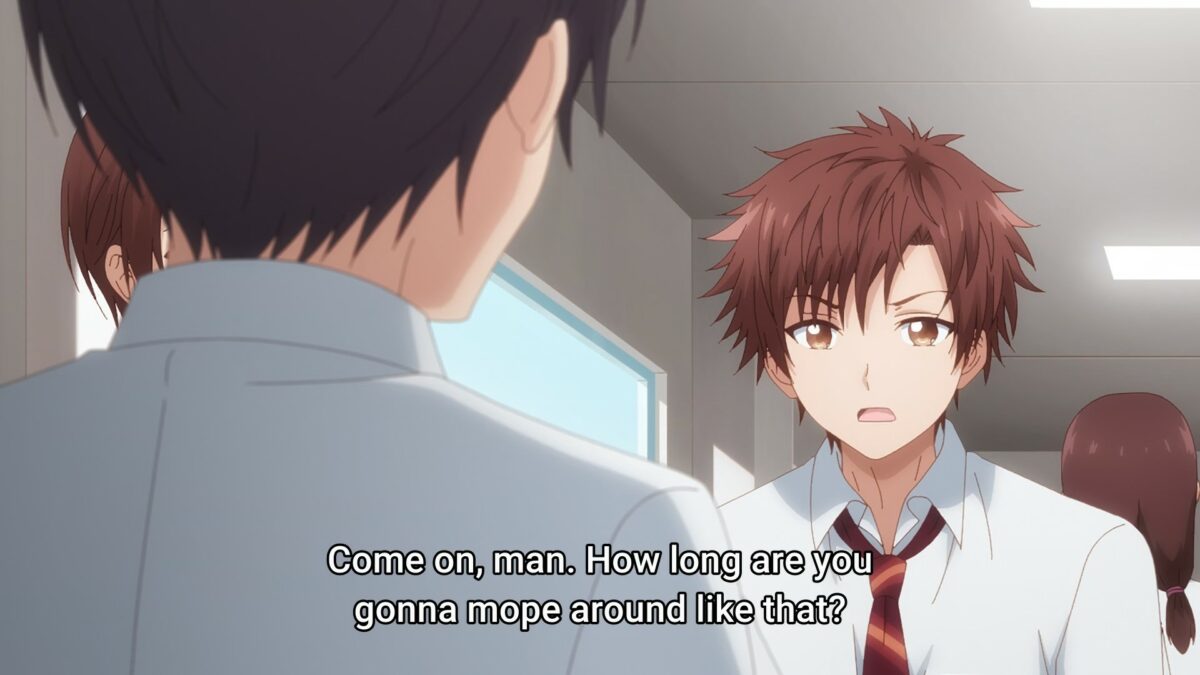
Japanese Has Been Doing Gender Pronouns since before It Was Cool
In Japanese, there are different pronouns that men and women use, depending on how they view themselves. A man will generally use the “manly” first-person pronoun of ore, or boku if he’s being more polite, and women will use watashi or atashi. Amane uses the second-person pronoun omae when talking to Amane, which strictly speaking carries the implication that he’s superior to her.
There’s a long list of seemingly sexist words hardwired into Japanese. Some examples:
- Common words for wife include 奥さん oku-san, lit. “Mrs. Interior” and 家内 kanai “my inside-the-house.” The neutral word for a wife would be 妻 tsuma.
- Words for husband include 旦那 danna and 主人 shujin, both of which literally mean “master.” A neutral word would be 夫 otto, or 配偶者 haiguusha for a spouse of either sex.
But wait, don’t Japanese women object to having sexual inequality literally built into the language they speak? Do they view a man going out of his way to use masculine-sounding pronouns as a kind of social “mounting”? The answer is that some potentially might, if they think deeply about language, but who really does that? Do you reflect on whether the words you use are derived from Greek or Latin originally?
Some Japanese women — statistically speaking, those who have studied abroad — might take exception with a male referring to them with omae, or with adding -chan to their name, as representing seku-hara (sexual harassment). This is more likely to be an issue in a school or business setting. But on a day-to-day basis, few Japanese think so deeply about their own language, and Japan is delightfully free of gender-related drama.
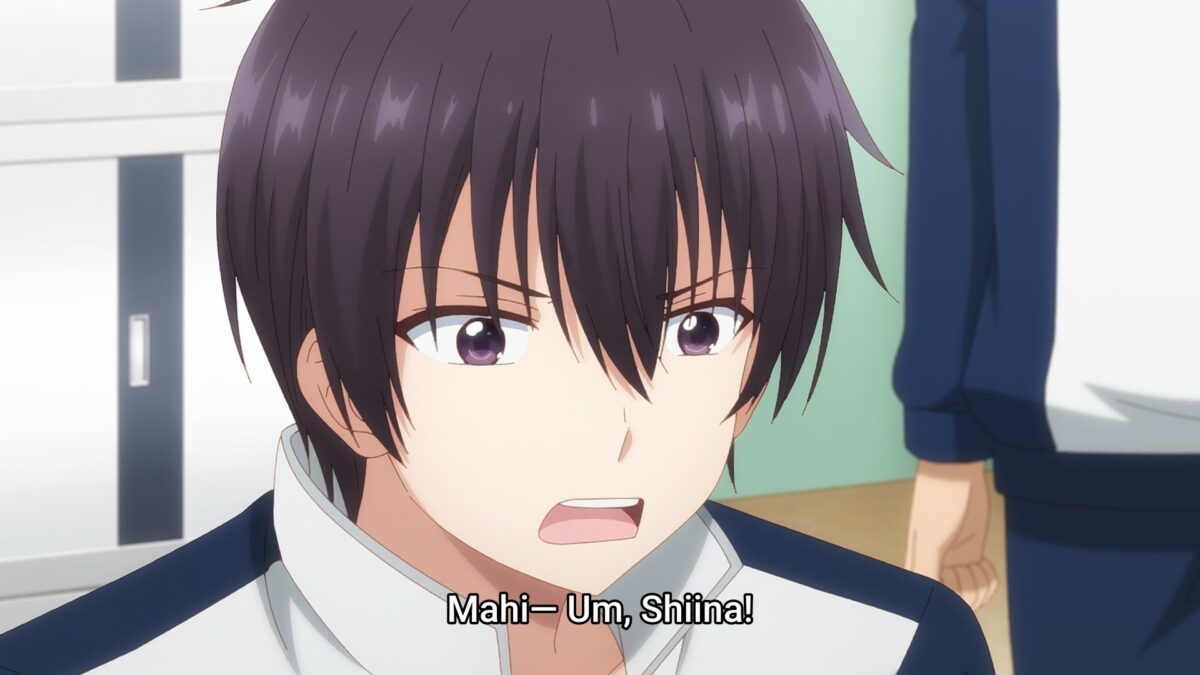
Defining Relationships Through Names
Then there’s the scene where a classmate is trash-talking Amane and he almost calls her Mahiru (her given name) as opposed to Shiina (her family name) in front of everyone. In Japan, you only use a person’s first name (without an honorific like -san at the end) if you’re very close to them. It’s similar to Nishikata’s endless struggle to stop adding the -san to Takagi-san’s name…
I’ll never forget the time I called the home of a high school girl I was teaching and spoke with her mother. I asked if the girl was home, using her name, Hanako. Her mother was shocked, wondering what kind of inappropriate relationship I must be having with her daughter, to use her name so informally…
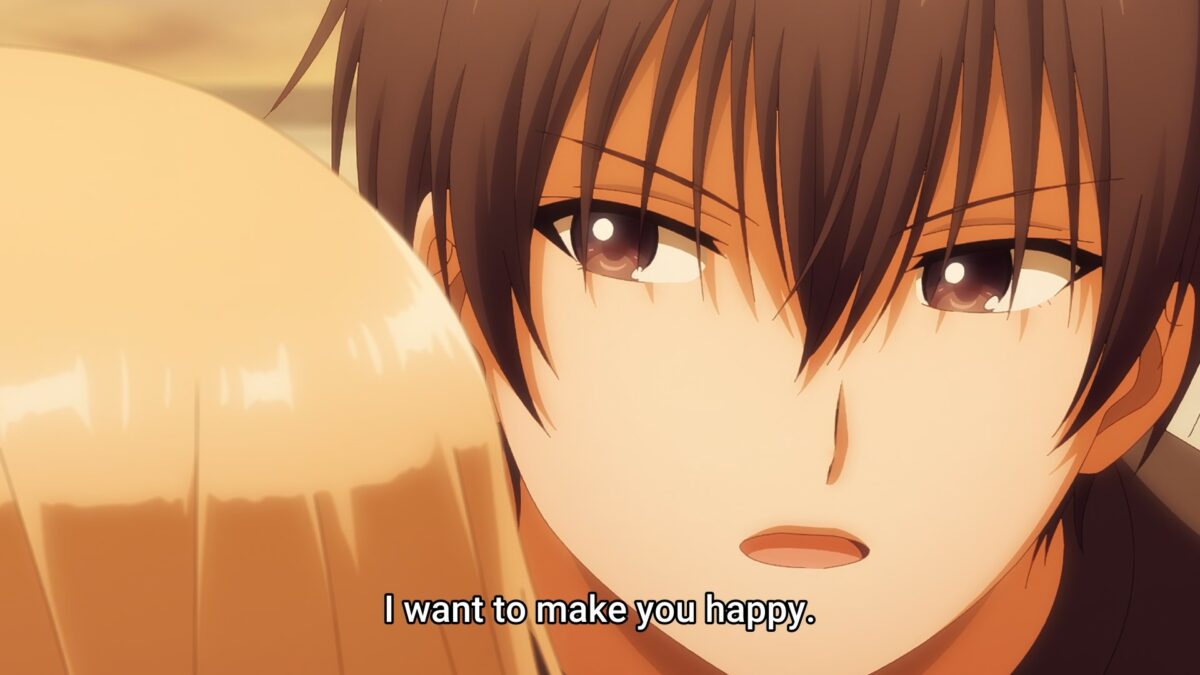
Chinese or Japanese Kanji?
In the same way that Old English forms the basis of the English language, with more sophisticated vocabulary flowing in from French and Latin in later centuries, kanji have both Japanese and Chinese readings. The Japanese pronunciation of a kanji is for simpler, down-to-Earth concepts, with the Chinese pronunciation expressing more complex ideas.
In the above scene, Amane promises to make Mahiru happy, using the Japanese word 幸せ shiawase. But he could have used a Chinese-derived word if he had wanted to, 幸福 koufuku, which means the same thing, but is less poetic and flowery.
Want to practice your Japanese? We’ve got a section for that on the J-List Discord! Link is here.
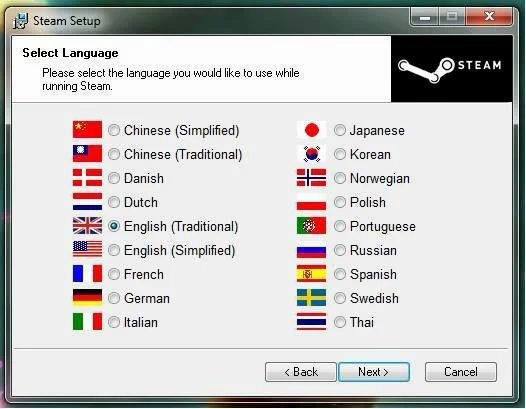
(If you’re wondering if knowing Japanese lets you read and understand Chinese, the answer is…a little. If I go to Taiwan, which like Japan still uses traditional kanji characters, I can understand about 20% of signs or menus. This is about the same amount of French I’d understand if I went to France as an English speaker.)
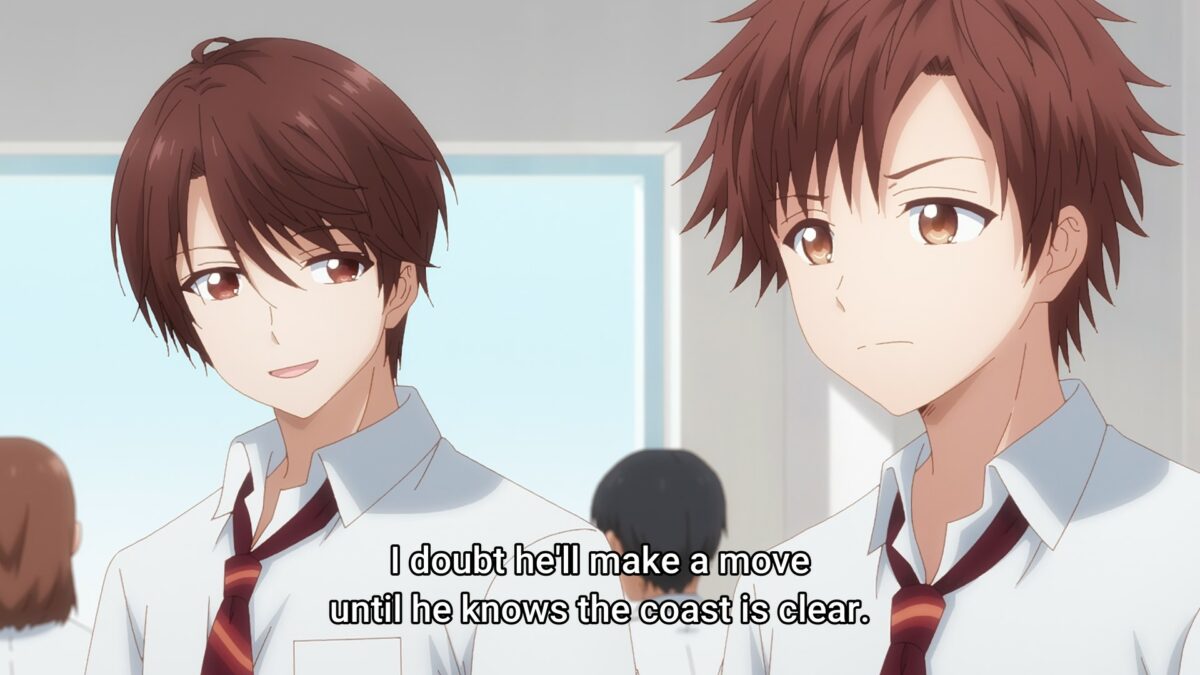
English Loan Words in Japanese
One welcome feature of Japanese is the high number of English words that get used, like “high-spec” or “approach.” It’s super helpful to have so many familiar words right there for us to work with. Of course, sometimes the meanings of the words have shifted, for example “tension” means something closer to “excitement” when used in Japanese.
- How does the built-in vagueness of the Japanese language define relationships? I’ve got another blog post for you here!
Should You Learn Japanese from Anime? Maybe Not…
While tapping into anime and manga is a great way to experience the Japanese language as it actually is, rather than the drier language you’ll find in Japanese textbooks, you should be careful not to learn too much from popular culture. You certainly shouldn’t learn Japanese from Fist of the North Star manga, like I did, after which I had to un-learn a lot of stuff.
Thanks for reading this post about exploring how to learn Japanese from the Otonari no Tenshi-sama anime! Do you think learning Japanese is really that hard? Give us your comments below!
Also, be sure to follow J-List on these social media platforms:
- Twitter, where Peter posts anime booba for you
- Facebook, where we share memes and discuss anime
- Instagram, for fans who want to keep up with J-List products in your Insta timeline
- Discord, if you want to chat with other J-List customers of culture
- Finally, check out J-List’s new videos on YouTube or TikTok!
J-List loves bringing Japan’s best anime figures to everyone, so one figure you will want to pick up is the Nendoroid of Nagatoro-san that’s coming out soon. You can put her on a high shelf, letting her look down on you smugly while you look at naughty products on J-List! Find the Nagatoro-san Nendoroid figure here.




